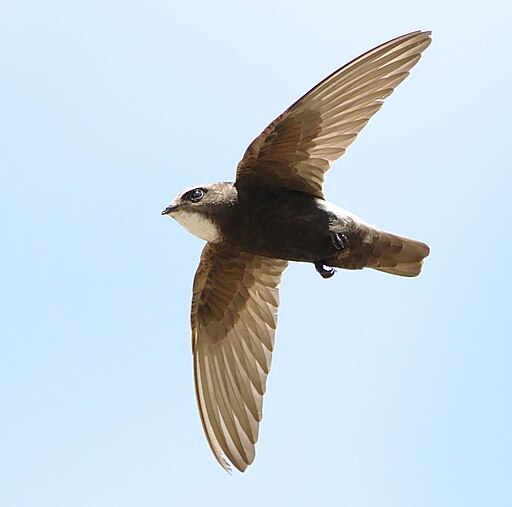Birds are known for their mostly beautiful, sometimes annoying songs, as well as their super flight abilities, but now, those shouldn’t be the only things they are known for. Scientists have observed the method small birds use to make their nests, as a guide to constructing cellulose gels in a nontoxic way. Scientists use a freeze-thaw process to make the cellulose. This process is modeled after how swift birds (not named after Taylor Swift) spit on the twigs in their nests to hold them together, but also to help connections form between the twigs. Cellulose gel is just a hydrated version of cellulose. Cellulose is the most abundant organic compound on earth. It is a chain of glucose that is different from starches because the glucose is in its beta form. It forms long chains that can build cell walls. It is a major constituent of paper and cotton. Most organisms can not digest cellulose, but inside of us, it acts as soluble fiber that stimulates the digestive tract to secrete mucus to help move feces along.
Cellulose is also a very useful material when it comes to making hydrogels, something that is used in a variety of things in the medical field ranging from contact lenses to wound care. Unfortunately, the process of creating hydrogels is not only difficult but can also be toxic. Normally, you would have to break down the cellulose and then get it to make the crosslink or structure of interest. This process often required the use of toxic, unstable, and/or difficult-to-handle solvents. Knowing how swift birds make their nests, The researchers added a water-soluble cellulose called carboxymethyl cellulose (CMC) to an acid solution and dissolved the CMC. After that, they added powdered cellulose fiber to the solution and put it through four rounds of freezing and thawing. This process generated cellulose gel. Repeatedly freezing and thawing the solution causes the cellulose to compact and intertwine itself into the sticky network. The researchers also did those processes with bamboo fibers and it was a success. This implies that this bird-like freeze-thaw process could be useful with other lignin and cellulose-containing fibers. The cellulose gels are robust, stable at room temperature, and can be tuned to degrade on a schedule, meaning that they’d be very helpful with drug delivery.
Do you think there’s anything else in nature that might hold the key to solving human challenges?
What are some other examples of humans learning from nature?



Leave a Reply